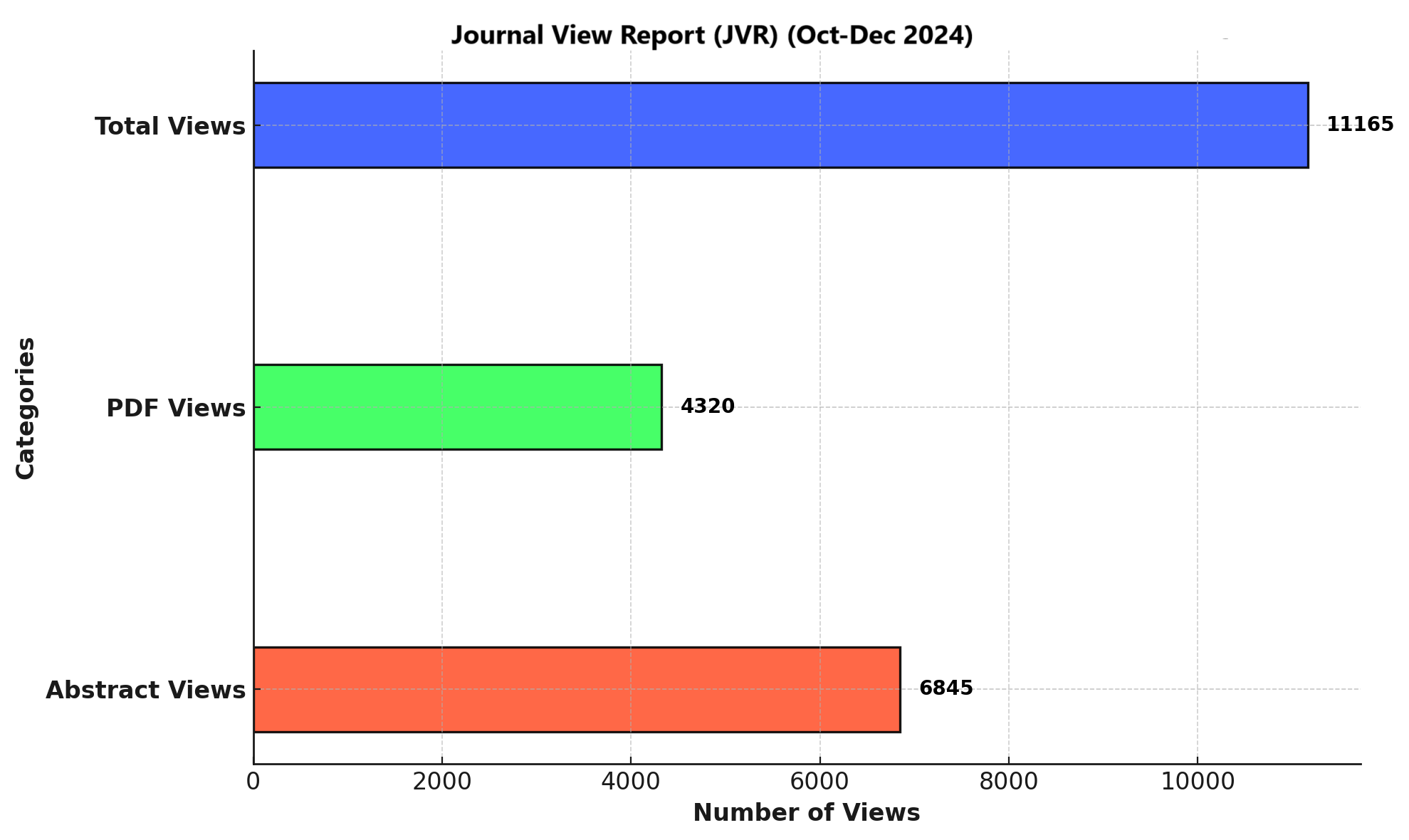ASSESSING THE FREQUENCY OF ELECTROCARDIOGRAPHIC (ECG) CHANGES AMONG PATIENTS RECEIVING INTRAMUSCULAR MEGLUMINE ANTIMONIATE FOR THE TREATMENT OF CUTANEOUS LEISHMANIASIS
DOI:
https://doi.org/10.71000/0xt49d11Keywords:
Cutaneous leishmaniasis, Meglumine antimoniate, Electrocardiographic changes, Cardiotoxicity, QT interval prolongation, PR interval, TachycardiaAbstract
Background: Cutaneous leishmaniasis (CL) is a neglected tropical disease endemic in Pakistan and several other low- and middle-income countries. Meglumine antimoniate, a pentavalent antimonial compound, remains the most widely used first-line treatment for CL. Despite its therapeutic efficacy, the drug is known to cause cardiotoxic effects, particularly electrocardiographic (ECG) abnormalities, which may remain subclinical but could progress to life-threatening arrhythmias. Monitoring ECG changes during therapy is essential to mitigate potential cardiac risks.
Objective: To evaluate the frequency and types of ECG changes in patients receiving intramuscular meglumine antimoniate for the treatment of cutaneous leishmaniasis and to assess associations with demographic and clinical variables.
Methods: This descriptive study was conducted over three months in the Dermatology Ward of Combined Military Hospital, Peshawar. A total of 78 patients, aged 18–75 years with confirmed CL, were enrolled using non-probability consecutive sampling. Patients with known cardiac disease, chronic systemic illness, or pregnancy were excluded. Baseline and 2-week post-treatment 12-lead ECGs were obtained and analyzed by a consultant cardiologist. Data were processed using SPSS version 23. ECG parameters including heart rate, PR interval, and QT interval were compared pre- and post-treatment. Chi-square and Mann-Whitney U tests were used for inferential analysis with p ≤ 0.05 considered statistically significant.
Results: Out of 78 patients, 28 (35.8%) exhibited ECG changes following treatment. The most common abnormalities were QT interval prolongation in 10 patients (12.8%), tachycardia in 7 (8.9%), PR interval prolongation in 6 (7.7%), and ST-T wave abnormalities in 5 (6.4%). A significant association was observed between age above 50 years and ECG abnormalities (p = 0.03).
Conclusion: Intramuscular meglumine antimoniate is associated with subclinical but potentially serious ECG changes in a significant proportion of patients. Regular ECG monitoring is advised during therapy, particularly in older adults, to minimize cardiac risks.
Downloads
Published
Issue
Section
License
Copyright (c) 2025 Suhaib Ali Khan, Furqan Khan Warraich, Tanvir Ahmad Mujahid, Kashif Ali Khan, Muhammad Imran Khan, Sana Hassan (Author)

This work is licensed under a Creative Commons Attribution-NonCommercial-NoDerivatives 4.0 International License.







